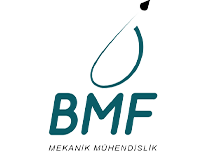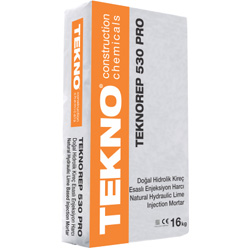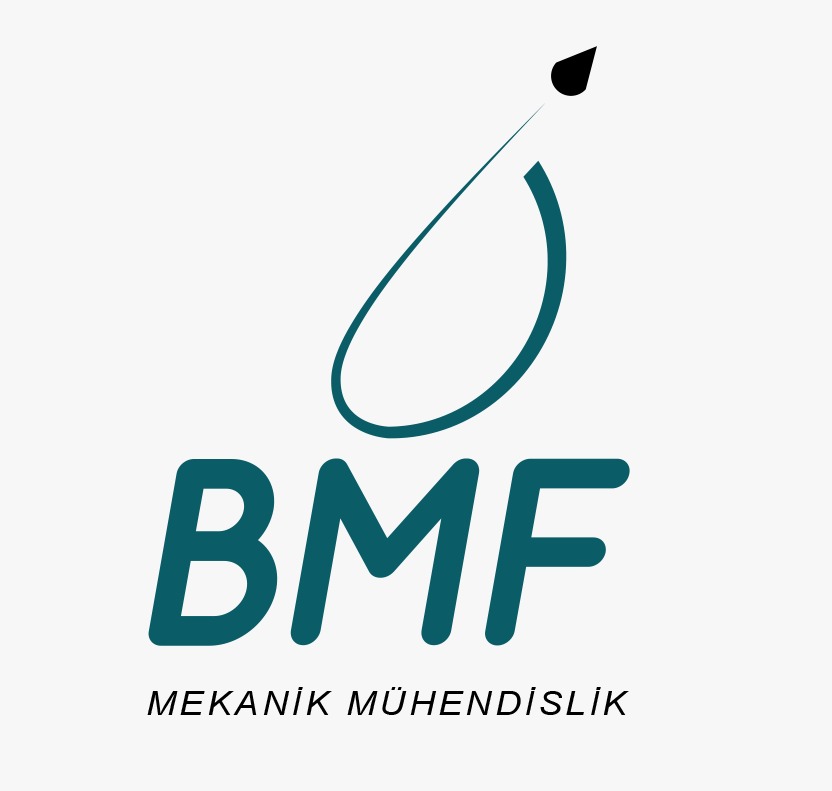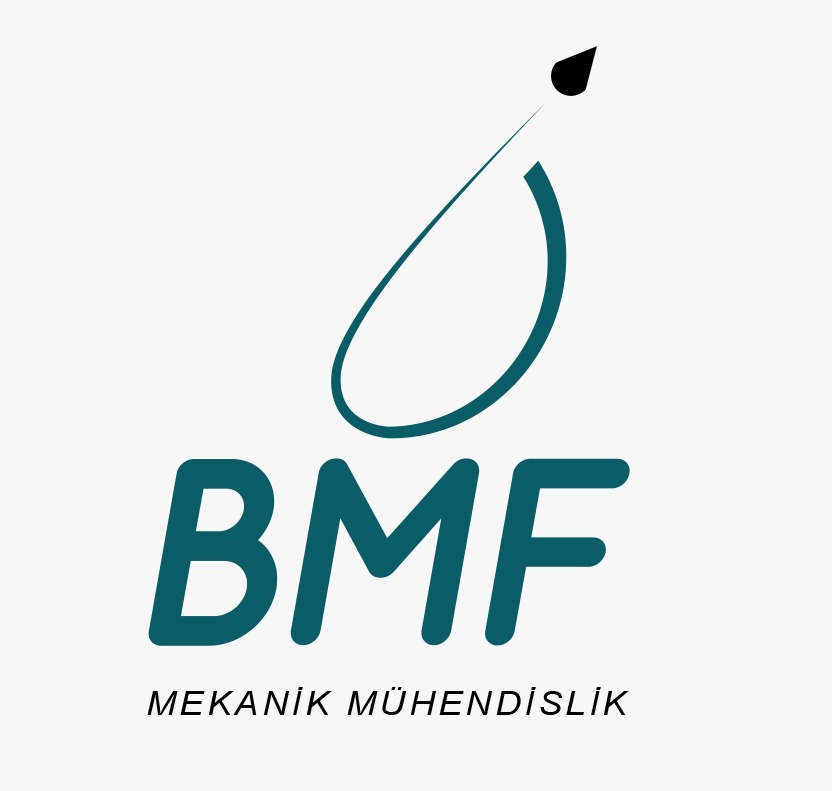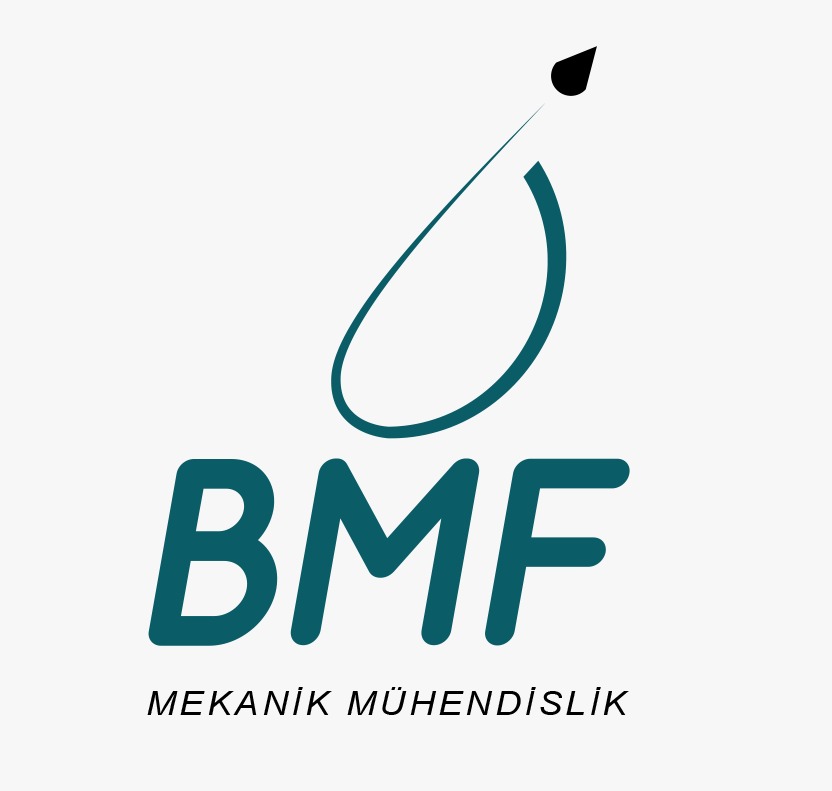Teknorep 530 Pro Natural Hydraulic Lime Based Mortar
Product description
It is an injection mortar containing pozzolanic lime and micronized carbonates, developed for historical masonry structures. It does not contain cement and soluble salts (alkalis, sulfates, chlorines and nitrates).
Usage areas
• Recovering the lost bearing capacities of stone, brick or alternate walls,
• Repair or strengthening of historical masonry structures,
• Repairing the cracks of masonry domes and vaults,
• Establishing a foundation for existing historical masonry walls,
• Filling large gaps,
• On walls located in sulfated environments,
• It is especially used for repair and strengthening of cracks.
Features and Advantages
• It is easy to apply. It can be injected easily and effectively using low-pressure pumps, syringes or fine needles.
• It does not contain cement, additives and soluble salts (alkalis, sulfates, chlorines or nitrates), does not deteriorate over time.
• It can be used in environments containing sulfates.
• Adhesion resistance is high.
• Breathable, high water vapor permeability.
• It blends perfectly with brick, stone, tuff material without impairing the masonry and moisture permeability of the wall.
• It provides controlled expansion preventing plastic shrinkage without causing harmful expansions.
Application Instructions
Surface Quality: The surfaces must be clean, smooth, solid, free of all kinds of dust, oil, dirt, rust, mold oil, detergent, etc. Weak parts on the surface should be removed.
Surface Preparation: Absorbent surfaces should be pre-wetted, but water puddles and drops should not remain.
Cracks Smaller than 5 mm: Decided according to the crack width, depth and ambient conditions, holes should be drilled at appropriate intervals (35 - 45 cm) on both sides of the crack plane. These holes should be drilled at a depth that will pierce the crack plane and pass to the other side and make an angle of approximately 45° with the crack plane. Dust and free particles should be removed by keeping air inside the drilled holes, and plastic packers should be nailed and fixed by tightening.
Cracks larger than 5 mm: Pneumatic hoses should be placed in the crack with appropriate intervals (70 - 90 cm) by deciding according to the crack width, depth and ambient conditions. Free particles in the crack should be removed with compressed air. Mixing: The required amount of water (4.8 liters of water for a 16 kg kraft bag) is placed in a clean mixing bucket with the help of a scale and TEKNOREP 530 Injection Mortar is slowly added and mixed with a 400-500 rpm mixer for approximately 4 minutes.
Application Notes / Limitations
• In outdoor applications, the sun should be protected from rain and frost for the first 3 hours.
• Reaction times are affected by ambient and ground temperatures. Reaction times are shortened in hot environments and longer in cold environments.
• During the application of the product, work clothes in accordance with the rules of work and worker health should be worn, and appropriate glasses and masks should be used.
• The prepared injection mortar is injected with an injection machine after 48 hours into the crack, which was previously cleaned of dust and particles and plastered with TEKNOREP 510/520 repair mortar.
• After the application, it should be protected against adverse weather conditions such as direct sunlight, strong wind, high air temperature (over +35°C), rain and frost. Before the product is fully cured, hands should be cleaned with water and detergent.
• Equipment should be cleaned with water immediately after the application, before it hardens. After the product hardens, it should be cleaned by mechanical methods.
| Country / Region | Adana / Turkey | Main Products | Chemicals | Year Established | 2010 | Production Area | 5600 m2 | Main Markets | North America, Europe |
| Business Type | Manufacturer, Trading Company | Trademarks | Ayks Chemical |
Total Employees | 10-40 People | Port | Mersin | Certification | ISO 22000 |
| Material | Chemical |
| Packaging | Insulated Polystyrene Box |
| Production Equipment | Machine |
FAQ






